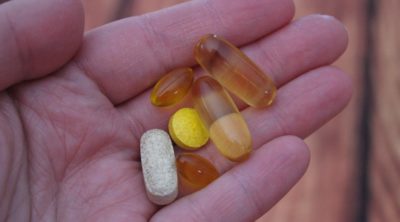
Left-handedness can be described as the use of left hand for major motor activities. Though no specific cause has been attributed for such hand preference, there are various theories about the same.
An individual, who is more skilled in using her left hand for day-to-day activities is called a left-hander. Studies show that, almost 10 to 13% adults in the United States are lefties, and the number of males with left-handedness is higher than that of females. It is said that, the condition is likely to develop in identical and fraternal twins, and those with neurological disorders, like epilepsy and mental retardation. Left-handed people are said to have an edge in some types of sports and other such activities. Left-handedness is not a sign of any disease or disorder. If your child is naturally a left-hander, it is not advisable to force him to use his right hand.
Normally, babies use both their hands and it is difficult to differentiate a left-handed one. A common belief is that, hand preference develops in children by the age of three, but according to recent studies, the preference may develop during the fetal stage itself. It has been observed that, 90% of babies prefer to suck their right thumb than the left one, and this tendency later transforms to hand preference in their life. Even though, there is no specific cause for left-handedness, there are many factors that are linked to the condition. Here are some of the popular theories about left-handedness.
- If both the parents are left-handed, the chances of having a left-handed offspring is high. If the parents are right-handed, there is only a 9% chance of having a left-handed child. It is 26% for left-handed parents and 19% for a left-handed and right-handed couple.
- Another contention is that, too much exposure to the male hormone testosterone, during the fetal stage, may slow down the growth of left brain. In such people, the right brain would be more developed than the left. As the right brain controls the left side of the body (and vice versa), the dominant right side would make the child a left-hander. This theory supports the fact that, left-handers are mostly males, as the amount of testosterone is higher in them.
- Discovery of the gene LRRTM1 is a recent development, which is said to be associated with the left-handedness of a person. The study also suggests that, one particular form of this gene may increase the risk of psychotic mental disorders.
- Another speculation is about the role of ultrasound during pregnancy. It is said that, frequent ultrasound scanning of the uterus affects the brain development of the fetus, which causes childhood malignancies and left-handedness in the child.
- Some studies link left-handedness to difficult birth experiences and effects on the brain. The first point is supported by higher incidences (20%) of left-handedness among twins, who undergo difficult births. The second point is backed by the fact that, 30% of mentally retarded kids are left-handed.
- Long-term use of left hand by right-handers, due to some injury or impairment of the right hand; may turn them left-handed, even after curing the impairment. In such cases, long term means a period of eight months or more.
- Some kids may try to imitate their left-handed parents or baby-sitters and end up as lefties.
Hence, there is no specific reason for left-handedness. It can be said that, hand preference can be attributed to partly genetic and partly environmental factors. As mentioned above, left-handedness is not a cause of concern, if the child is otherwise normal.


